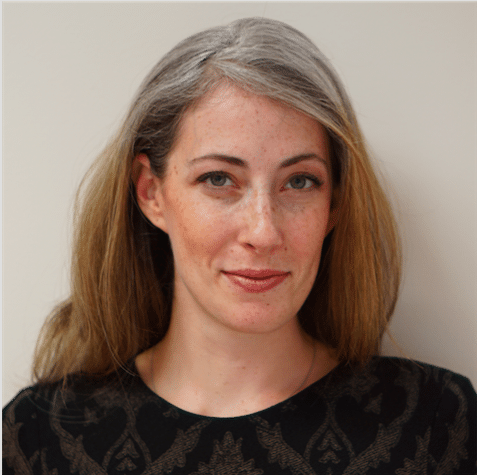Accreditation doesn’t happen overnight. The process varies between accreditors, but a new school could reasonably expect to spend the better part of a decade proving itself before gaining accreditation. For instance, a hypothetical New School University in the Northeast would first need to apply for eligibility; two years later it could apply for candidacy. After five years of candidacy, New School U would then be able to apply for full accreditation. A school receiving initial accreditation today would have had to begin the eligibility process in 2011 and would have needed to be operational far earlier than that in order to become accredited by today.
Outside of the confines of traditional higher education, a great deal has transpired since 2011. For instance, in that year, General Assembly—a pioneering bootcamp offering classes in coding and computer science—was founded. Since then, General Assembly has served over 35,000 students across its full- and part-time programs, expanded to 20 campuses across six countries, partnered with a range of Fortune 500 companies to train over 15,000 employees, and sold itself to staffing behemoth Adecco for $413 million.
Almost all of the hundreds of bootcamps now competing for students were founded after 2011: unencumbered innovation moves fast. Meanwhile, our fictional New School University may have just received accreditation…or not.
Coloring outside the lines
General Assembly is not accredited and has no plans to be—and it’s not alone. As my co-author, Michael B. Horn, and I describe in a new paper, originally published as a chapter in Accreditation on the Edge: Challenging Quality Assurance in Higher Education, accreditation has a stifling effect on innovation. This means that many who wish to innovate against the significant problems facing higher education—affordability, equity, and workforce alignment—are doing so outside of the traditional system.
That doesn’t mean that these upstarts are completely unregulated. General Assembly is licensed in the states in which it operates, for example, with California’s Bureau for Private Postsecondary Education, or with Illinois’ Board of Higher Education. These agencies typically require that it meet certain standards as an educational provider, such as the training and background of its teachers and, theoretically at least, other consumer protection clauses. As an unaccredited entity that does not provide traditional degrees, General Assembly isn’t qualified for Title IV funds. But that hasn’t stopped its growth.
Nor has being unaccredited prevented it from demonstrating to students and employers that it is a high-quality, reputable provider. The company has issued audited reports on its outcomes, in part because General Assembly’s students need to be convinced that there will be a return on their tuition—generally in the form of a well-paying job—before they are willing to enroll. For bootcamps, competition is an outcomes-focused game—and so is quality.
In a way, operating outside of the traditional higher education system is part of what has made General Assembly—and much of the rest of the bootcamp industry—successful. General Assembly relies heavily on partnerships with industry and industry practitioners to build out the curriculum for its programs and to define the learning objectives necessary for a worker to be successful. These industry practitioners often don’t fit the definition of faculty that accreditors might require, but they are often world experts in emerging fields of work.
And General Assembly needs to be able to create these programs rapidly to foster and maintain positive relationships with employers—so that their students will have access to good jobs—by keeping up with their evolving demands. Having to work with an accreditor every time it wanted to create a new, innovative program that deviated from its prior educational models, with a risk that the accreditor might not approve the program, would create delays—which would, arguably, be unacceptable for General Assembly’s model.
A new framework for quality assurance
Accreditation is slow, input-driven, unpredictable, and opaque—but it’s not the only route to ensuring a minimum standard of quality in an educational marketplace. Bootcamp industry initiatives like the Council on Integrity in Results Reporting (CIRR) demonstrate that transparency around outcomes can provide students with the information they need to make smart choices about which school to attend.
As more bootcamps join CIRR or produce audited outcomes reports, the nature of competition naturally shifts away from name recognition or prestige and toward outcomes: students will enroll in programs with stronger outcomes and shy away from those with low return-on-investment. This stands in contrast to the traditional system, in which input-driven quality assurance processes combined with free-flowing Title IV funding do little to protect students, and much to stifle innovation.


